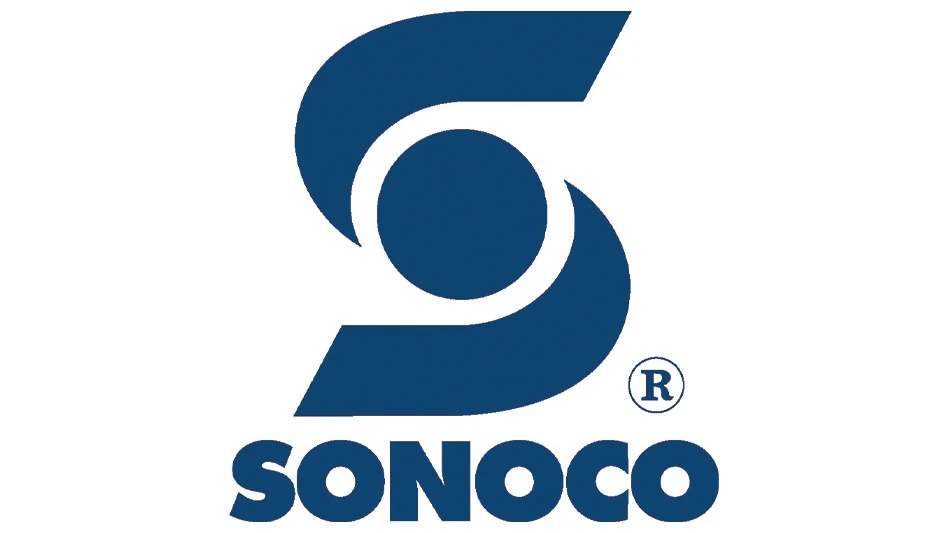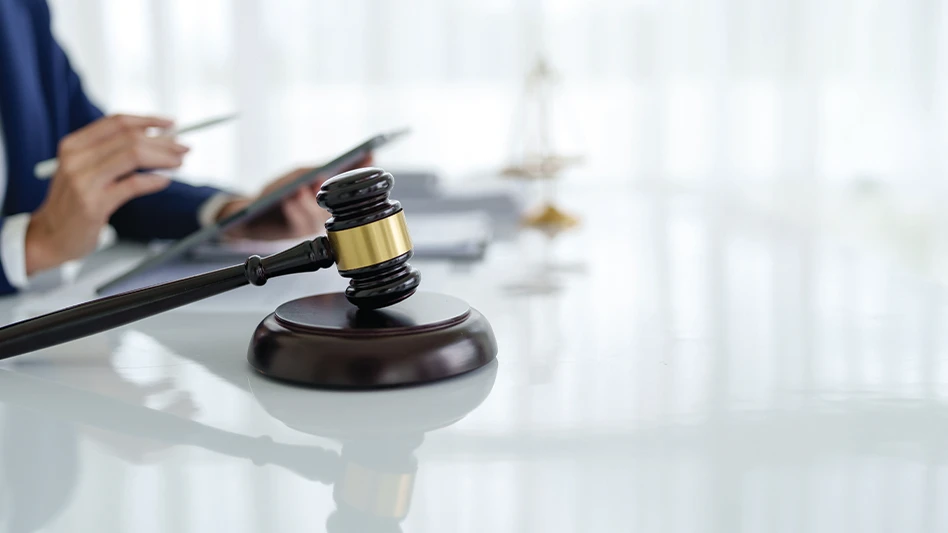
The term "mobile shear" is most often used to describe a shear that—unlike a stationary shear—moves from place to place within the confines of a yard. Many enterprising scrap recyclers, however, take their shears on the road, tackling contract shearing projects and, in the course of doing so, redefining the scope of their businesses.
Such has been the case for Slim’s Recycling, which, after years of traveling its operating region cutting scrap with torches, purchased first one mobile shear and then a second.
The newly added productivity has allowed the business to grow to such a degree that true "mobile shearing" within a 200-mile radius is now a huge part of its business plan.
DECISIONS, DECISIONS. Slim’s Recycling—the name is actually an acronym for Sutton Longfellow Iron and Metals—grew out of a unique business arrangement between current co-owners Gary Longfellow and Tony Sutton, who was formerly Longfellow’s employer at Sutton Salvage.
"I had been working for Tony Sutton for about nine years as part of his scrap recycling operation here in Lewiston, Idaho," Longfellow says. "He had purchased a tin baler and was intent on growing the nonferrous part of the business that focused on lighter ferrous and nonferrous products and wanted me to take over the ferrous side," recalls Longfellow. "So, in 1993 he offered to sell me the heavy ferrous part of the business. It was an offer I couldn’t refuse: either buy the heavy ferrous operation, or start looking for work elsewhere. The business was essentially thrown into my lap, and I haven’t looked back since."
Today, Longfellow rents property from Sutton Salvage at its Lewiston yard, where he handles all the collection, processing and shipment of heavy ferrous material.
BUSINESS EVOLUTION. While Longfellow’s heavy scrap operation includes material that is dropped off, weighed, processed and shipped (including auto bodies that are flattened), a huge part of Slim’s business comes from work that has evolved from Longfellow’s contract torching days.
"For years, equipped with just torches and a haul truck, we would simply go around the region to sites that needed to be cleaned up, cut the material into manageable sizes and haul it back to our yard," says Longfellow. "There, we had a 500-ton stationary shear that processed material for shipment to mills—mostly in Portland or Seattle."
Things changed for Longfellow in 2002, when he was contacted by another local recycler who had accrued several sizeable piles of ferrous scrap in anticipation of processing it with a mobile shear he had on back order.
The company had decided that it wanted the material moved quickly, and Longfellow saw an opportunity. He contacted a salesman at an attachment manufacturer, who indicated he had a used shear that would be a good fit for the application and was, more importantly, immediately available. Longfellow put together some financing numbers for his bank and took delivery shortly thereafter.
"In addition to processing those piles of scrap in what we thought was an unbelievably short period of time, the impact on our business was greater than we ever could have imagined," he says. "The financing numbers I put together for the bank were based on what I anticipated doing with the shear—and we really underestimated what we could do. We saw an immediate 300 percent increase in production; the bank was just amazed with the volumes we were doing."
BIGGER, BETTER, FARTHER. With the new processing capability in hand, Longfellow was able to undertake bigger projects than he ever had in the past—growing the mobile facet of his business to about one-third of Slim’s Recycling’s total volume.
"The shear definitely changed the way we do business," he says. "Our approach to our work is very simple: We come into a customer’s site, clean it up and cut him or her a check for the material. It’s real easy to make friends doing that. And the shear immediately allowed us to expand our capabilities," Longfellow adds.
He notes "A while back, for example, we went into Orofino, a small town about 40 miles from our yard, and did a number of cleanups: 300 tons at one site, 50 tons at another and 125 tons at another. We were in there for the better part of two weeks, including cleanup time and so on. In the past, that same project would easily have taken six weeks to two months. The upturn has been that big."
Excited about the potential for future growth, Longfellow was naturally interested when the attachment manufacturer later introduced another line of shears, which, the company said could further improve productivity and lower maintenance costs. After a bit more research, Slim’s Recycling took delivery of a new shear from the line, and that, too, has been a good move, Longfellow says.
"The new shear has several features that we feel have already benefited our operation," Longfellow remarks. "First, it offers more power, which allows us to make bigger cuts with less effort, thereby further increasing production. Having learned from our first shear, it also has the rotation feature, which, because it minimizes the need to constantly reposition the machine to make the best cut, we’ve found invaluable. But what’s really helped make a huge impact for us is the reduction in maintenance on the new unit."
The maintenance enhancements to which he refers are centered around the replaceable wear part design of the new shear line. Buildup and welding time, common to most shears, has essentially been eliminated. "Aside from general maintenance such as greasing and so on, maintenance for us means rotating our blades and replacing them as needed," says Longfellow. "Our downtime for maintenance-related issues has been reduced by about 75 percent, and that’s had a positive impact on the bottom line as well."
CHANGES IN ATTITUDE. All technical advantages aside, Longfellow says the changeover to using a mobile shear has made material processing interesting again—to him and his crew and to others, as well.
"Shearing material allows us to do a broader range of projects and that, in turn, has made things fun again for us," he says. "In the last year alone, we’ve done a 200-ton gantry crane, an old log loader, a dozer and five scrapers. We also had a project where the customer had a series of galvanized high-tension line towers that he had removed, flattened and dumped in a field. They asked us to come in and clean it up; it was about 250 tons of material, and we did it in seven days."
Longfellow adds that the shear’s unique capabilities can often be both self-promoting and a source of curiosity for onlookers.
"Because we go to some relatively remote locations, the shear is a real sight when we’re there," he remarks. "It seems like customers keep finding more material to bring to us just to see us cut it."
Longfellow continues, "That performance, in turn, has also helped us sell our capabilities. For example, we were recently called into the town of Colfax, Idaho, to clean up eight railroad cars that were badly damaged in a derailment. Once the railroad saw what we could do, they had us do a dozen other decommissioned cars and have other work for us, as well.
"The impact of adding this attachment just doesn’t seem to end. I went from someone who thought he couldn’t afford a shear to someone who can’t afford to be without one," Longfellow says.
The author submitted this story on behalf of Genesis Attachments, Superior, Wis.

Explore the March 2006 Issue
Check out more from this issue and find your next story to read.
Latest from Recycling Today
- Radius experiences sixth consecutive quarterly loss
- US ferrous market exhibits upward pricing pressure: Davis Index
- Glass Packaging Institute applauds regulation change
- Engcon adds to Tiltorotator line
- Paper recycling is focus of two January webinars
- Disruption likely for material flows in mid-January
- Blue Whale Materials to expand Oklahoma lithium-ion battery recycling plant
- CARI names new president and CEO





